Workplace comfort conflicts can be exhaustive and unproductive. Some think it's too hot, some think it's too cold, while others seem to never be comfortable. While it's difficult to please everyone, you still have to try. If the temperature battle is starting to heat up in your workplace, try these strategies to help resolve the conflict and create a happier and more productive workforce.
Avoid extremes
Making an entire space comfortable for everyone isn't easy, especially if your building has a complex layout, with some desks facing the sun while others are tucked into dim corners. But uncomfortable workplace temperatures can affect more than just mood — being too hot or cold can impact employee productivity, cognitive performance and overall comfort at work.
Many argue that temperatures on the chillier side encourage productivity — like Mark Zuckerburg, who famously kept Facebook offices at 60°F — but employees who aren't accustomed to such low temperatures will likely oppose anything too drastic. On the other end, setting the thermostat to a high temperature can force the body to cool down using glucose that would otherwise be used for cognitive processes. So, how do you find a happy medium?
Find the right balance
The U.S. Occupational Safety and Health Administration (OSHA) doesn't require employers to maintain specific temperatures in the workplace, but it does recommend that workspace temperatures are kept between 68°F and 76°F.
For most businesses, something in the middle is appropriate. In fact, according to recent studies, the ideal temperature for the average office is about 72°F, and productivity decreases by about 0.4% for every degree over or under 72°F.
To find the ideal setting for your specific work environment, consider consulting an HVAC professional or switching to a zoning system, which uses multiple thermostats to control temperatures in different parts of the building. Regardless, once you decide on a temperature, enforce it.
Hold your position
Allowing individuals to adjust the temperature setting not only invites more conflict, but it actually wastes energy. Adjusting the thermostat frequently overworks your HVAC system, leading to increased wear and tear and wasted energy and money. Once you decide on the ideal temperature for your workplace, stick with it. Employees can adjust by dressing for the temperature of their space.
If your workplace is in the middle of a temperature battle, you can end it by determining the ideal temperature and sticking to it. That way, your employees can be more comfortable and productive.

